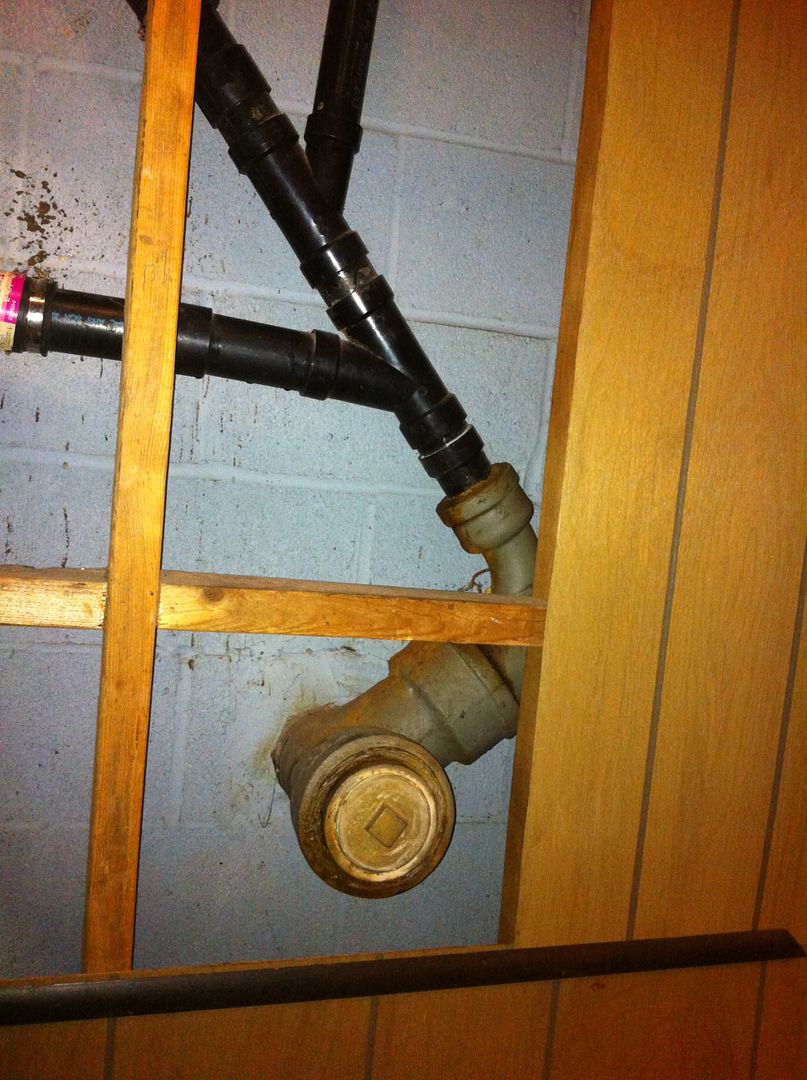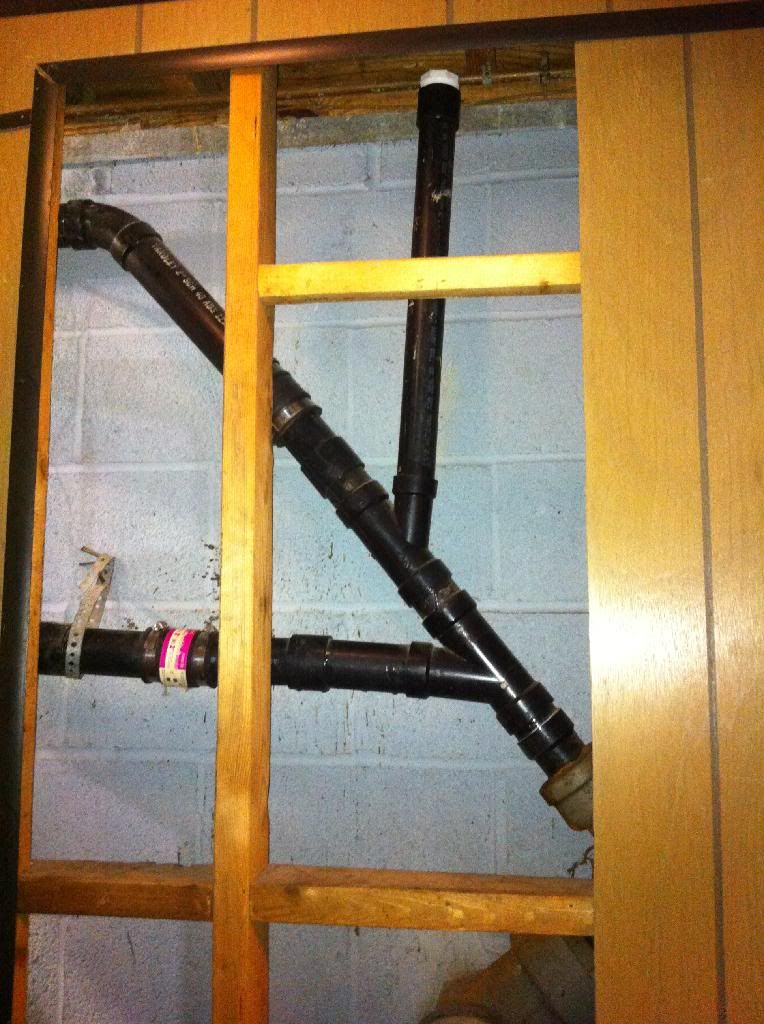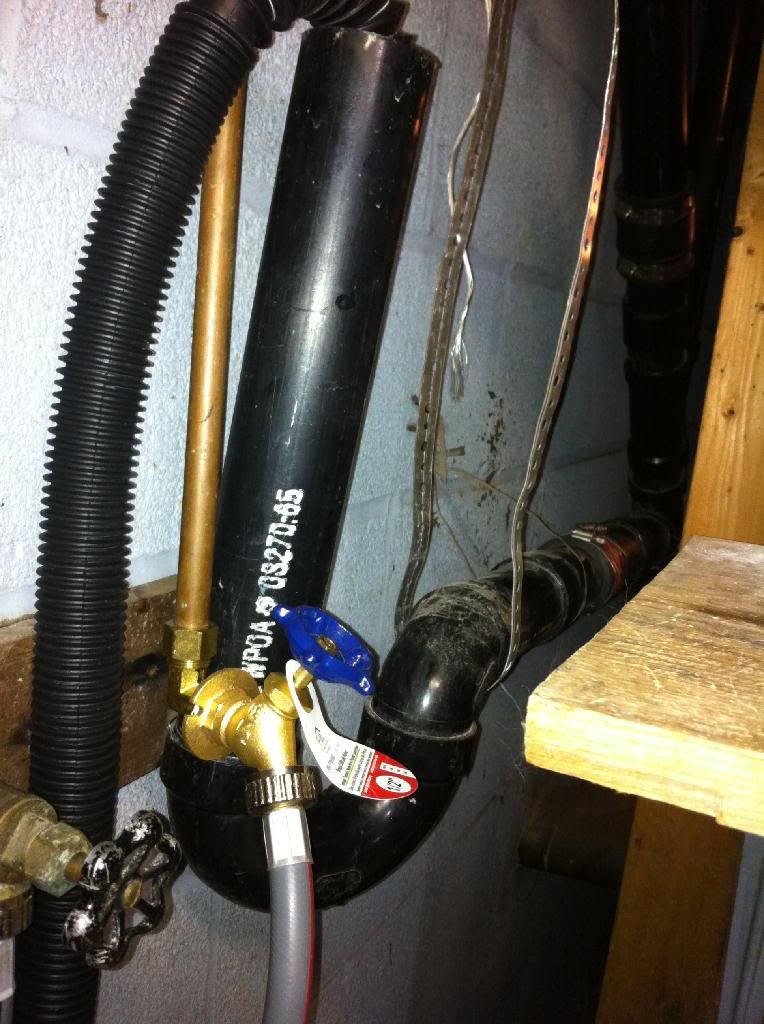OK. Just got a new washer because I got tired of fixing the old one (and I could no longer troubleshoot the issue.. )
Get a new washer, FAST draining.. too fast actually. My 1960's plumbing wont keep up.
I'll let the pics do the talking

Horizontal pipe is less than 5 ft long and goes to the washer trap, verticle pipe is going nowhere, like its supposed to be a vent? Diagonal pipe is coming from bathroom upstairs.

Slightly better view.. Removing that cap on the vent (the white piece) makes it drain faster, but still cant keep up. I have water coming out of my standpipe in about 10-15 seconds from the start of the drain cycle.

The drain above the washer..
Any suggestions to make this thing a little quicker? I am having a plummer come out tomorrow to check the cleanout (I can check the drain from the washer, pretty clear). Maybe a larger diameter standpipe (6" or 8") down almost to the floor with a massive trap? The hydrolic pressure from the 6-8" pipe would keep it pretty low since its only pushing against 2" pipe.. and would give me a LOT of volume to play catchup with.. opinions on that or suggestions on other possible fixes?
Get a new washer, FAST draining.. too fast actually. My 1960's plumbing wont keep up.
I'll let the pics do the talking

Horizontal pipe is less than 5 ft long and goes to the washer trap, verticle pipe is going nowhere, like its supposed to be a vent? Diagonal pipe is coming from bathroom upstairs.

Slightly better view.. Removing that cap on the vent (the white piece) makes it drain faster, but still cant keep up. I have water coming out of my standpipe in about 10-15 seconds from the start of the drain cycle.

The drain above the washer..
Any suggestions to make this thing a little quicker? I am having a plummer come out tomorrow to check the cleanout (I can check the drain from the washer, pretty clear). Maybe a larger diameter standpipe (6" or 8") down almost to the floor with a massive trap? The hydrolic pressure from the 6-8" pipe would keep it pretty low since its only pushing against 2" pipe.. and would give me a LOT of volume to play catchup with.. opinions on that or suggestions on other possible fixes?




